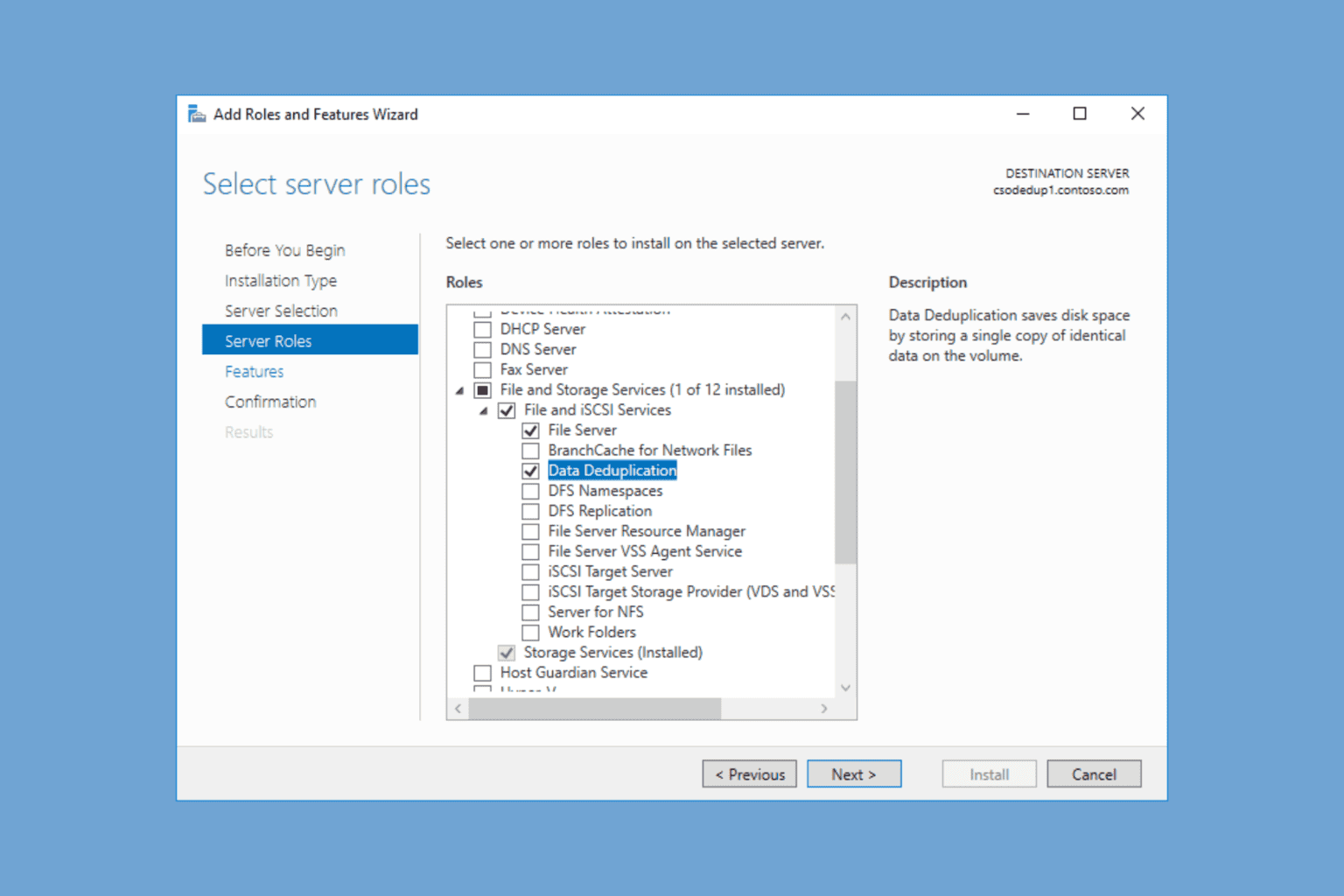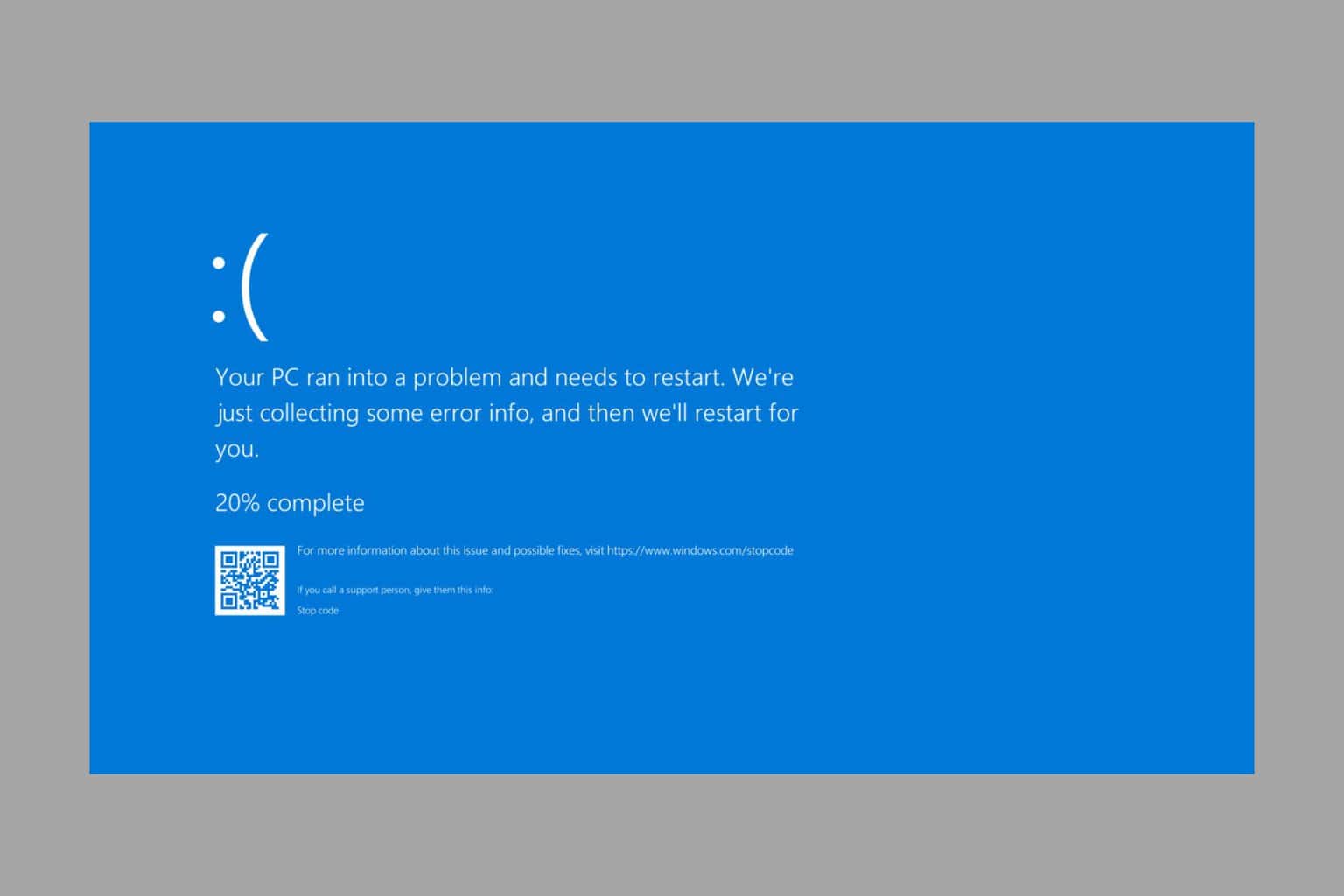Microsoft releasing Service Fabric on Linux support for mixed cloud environments
2 min. read
Published on
Read our disclosure page to find out how can you help Windows Report sustain the editorial team. Read more

It was an exciting day at Build 2016 earlier this year when Microsoft made their Service Fabric available. The Service Fabric is a distributed systems platform that makes it easy to package, deploy, and manage scalable and reliable microservices. For many developers, the platform made it much easier to develop top-level cloud applications and maintain them through feedback, updates, and new content.
Today, Microsoft announced on their Azure blog that the Service Fabric will be even more accessible. This time, it will be coming to Linux, which is a smart move for Microsoft considering many businesses use both Windows and Linux servers for .NET and Java applications.
Our vision is to enable developers to build Service Fabric applications on the OS of their choice and run them wherever they want. In the near future, we will release a Linux standalone installer to enable Service Fabric to be used outside of Azure for on-premises, hybrid and multi-cloud deployments.
Developers will finally be able to build, test, and deploy their projects with a one-box setup without the need for a cluster in Azure. The release for Service Fabric for Linux will also include support for the Command-Line Interface, Eclipse, and Jenkins tools. Programming models are planned to be open sourced first and other parts of the platform are sure to follow.
Unfortunately, RHEL won’t be supported upon release Microsoft says that it will be ‘coming soon.’ Otherwise, the Service Fabric for Linux will only be available for Ubuntu. But developers can get started today with clusters in Azure from Linux or Java.
According to the announcement, a preview of Service Fabric for Linux will be available to play around with at Microsoft Ignite 2016. And so if you’re interested in toying with the new platform, be sure to pay a visit on September 26, 2016.








User forum
0 messages